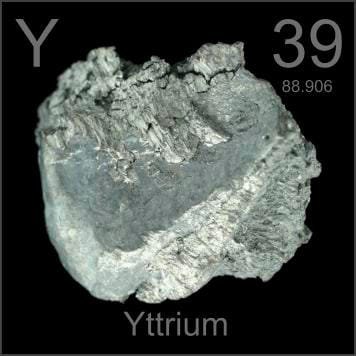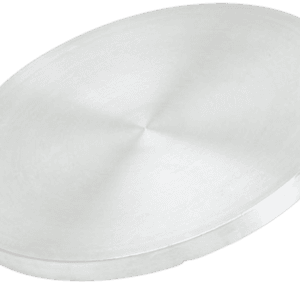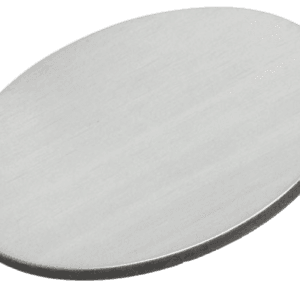Yttrium Sputtering Target Description

Yttrium Sputtering Target Specification
| Atomic Number | 39 |
| Density | 4.472 g·cm3 |
| Color/Appearance | Silvery White, Metallic |
| Thermal Conductivity | 17.2 W/m.K |
| Melting Point | 1526 °C, 2779 °F, 1799 K |
| Boiling Point | 3336 °C, 6037 °F, 3609 K |
| Coefficient of Thermal Expansion | 10.6 x 10-6/K |
| Z Ratio | 0.835 |
| Sputter | RF, DC |
| Type of Bond | Indium, Elastomer |
Yttrium Sputtering Target Application
Yttrium Sputtering Target Bonding Service
Specialized bonding services for Yttrium Sputtering Targets, including indium and elastomeric bonding techniques, enhance performance and durability. Thin Film Materials (TFM) ensures high-quality solutions that meet industry standards and customer needs.
We also offer custom machining of backing plates, which is essential for sputtering target assembly. This comprehensive approach improves target design flexibility and performance in thin film deposition. Our channels provide detailed information about bonding materials, methods, and services, helping clients make informed decisions.

Yttrium Sputtering Target Packaging
Get Contact
TFM offers Yttrium Sputtering Targets in various forms, purities, sizes, and prices. We specialize in high-purity thin film deposition materials with optimal density and minimal grain sizes, which are ideal for semiconductor, CVD, and PVD applications in display and optics. Contact Us for current pricing on sputtering targets and other deposition materials that are not listed.








Reviews
There are no reviews yet.